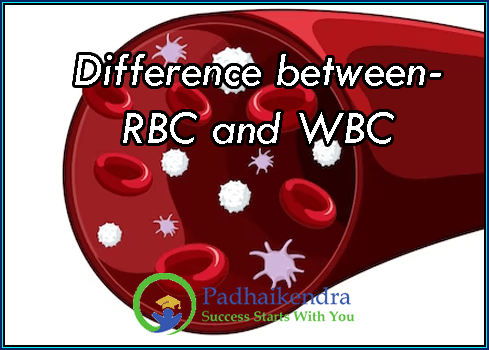Red blood cells (RBCs) and white blood cells (WBCs) are two types of blood cells with distinct functions and characteristics. Here are some differences between them:
- Function: RBCs are responsible for carrying oxygen from the lungs to the body tissues and transporting carbon dioxide from the tissues to the lungs for elimination. WBCs, on the other hand, are part of the immune system and play a role in fighting off infections and foreign invaders.
- Structure: RBCs are disc-shaped cells that lack a nucleus and other organelles to maximize their capacity to carry oxygen. WBCs have a nucleus and various organelles, and they come in different shapes and sizes depending on their type.
- Quantity: RBCs are much more numerous than WBCs, with an average of 5 million RBCs per microliter of blood compared to about 4,000 to 11,000 WBCs per microliter of blood.
- Lifespan: RBCs have a lifespan of about 120 days before they are removed from circulation by the spleen and liver. WBCs, on the other hand, can have varying lifespans depending on their type, ranging from a few hours to several years.
- Production: RBCs are produced in the bone marrow through a process called erythropoiesis, while WBCs are produced in the bone marrow and other lymphatic tissues through a process called leukopoiesis.
- Color: RBCs are red in color due to the presence of the pigment hemoglobin, which binds to oxygen and gives blood its characteristic color. WBCs are typically colorless and transparent.





